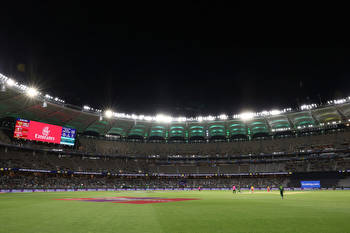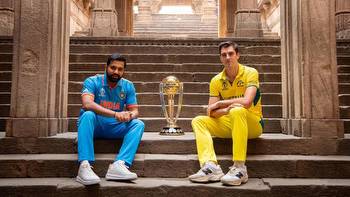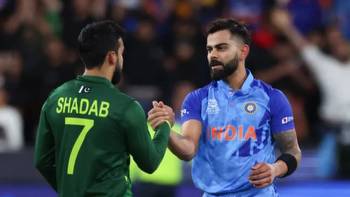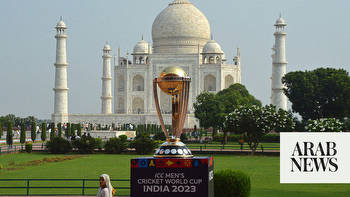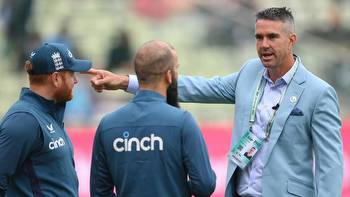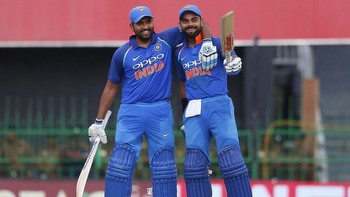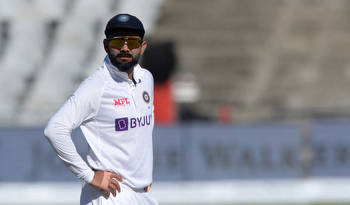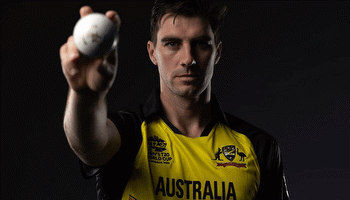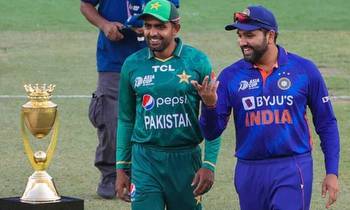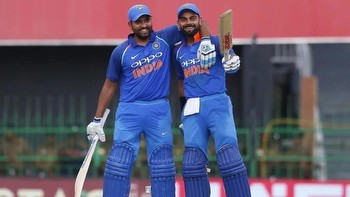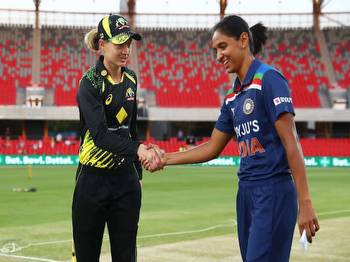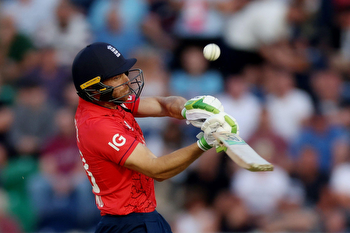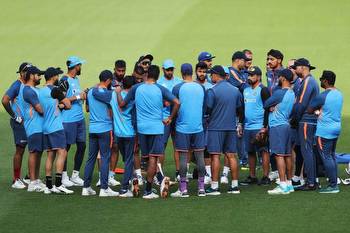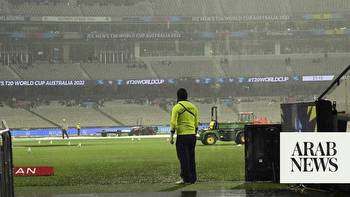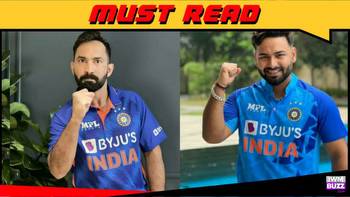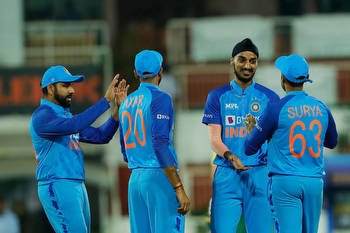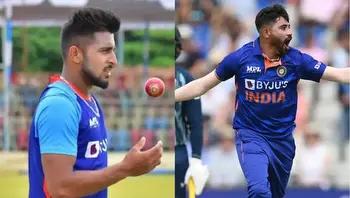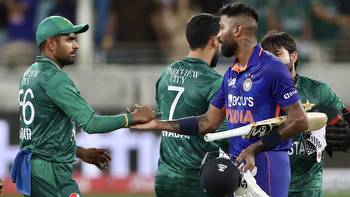Why is the 1983 Cricket World Cup the best in history?
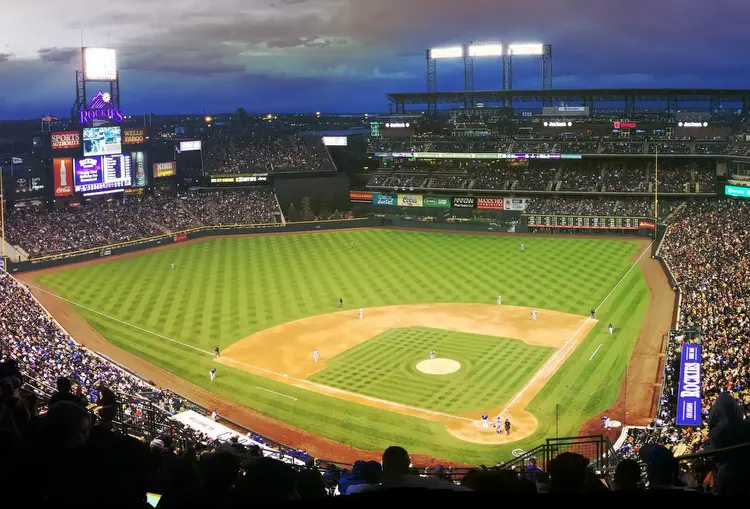
Two continents, three decades, four winners, many reasons: in this article, we have chosen the best Cricket World Cup, in our opinion. The choice fell on the 1983 tournament, where India managed to clinch the championship title. Below, we will try to justify our opinion.
Interestingly, that championship significantly lagged in terms of attention compared to current tournaments. Betting on matches online was out of the question, as there was at least another 20 years before the technical breakthrough in this area. Today, anyone can bet on cricket tournaments thanks to Mostbet, all from the comfort of their home.
If you find such a choice slightly odd, remember the phrase about water tasting better in childhood and the grass being greener. The 1983 World Cup, which occurred when the author was nine, was the best World Cup. As he types these lines, he vividly imagines Julien Wiener from Victoria, hitting in the 1981-82 McDonald domestic cup, without skates, with yellow knee pads on white pants, which don’t match the absolutely white uniforms of the other players. Trevor Chappell, looking like a mole, continues to knock balls. Wiener, relaxed, stands still, directing balls from his nose.
The score analysis confirms this: Wiener scored 108 points for Victoria out of 213 in a losing match (best score – 28 by Richie Robinson) against New South Wales. Trevor Chappell was among the bowlers. Note that Gary Bensley was also among the bowlers. Bensley’s face (curls, glasses) – is a face everyone knows, having seen it hundreds of times in Ken Piesse’s book titled “A to Z of Cricket”. It’s vital to reread now: Bensley’s “greatest cricketing moment” is “dismissing Graham Yallop in the first McDonald’s Cup game” – i.e., the game before which the author sat in front of the TV. After that, Bensley only played four more times.
One of the reasons the 1983 Cricket World Cup is considered the best ever is the culmination at Lords. It was the climax of an incredible tournament, crafted for sheer emotion.
Eight formidable teams, none of which could be considered weak, housing two dozens of the greatest cricket legends of all time between them, played six games each over 12 sunny days. The matches were of 60 overs each. Then came the two semifinals. Then the final – and people still talk about the shock, how India seemingly had no hope after their 183 all out. People have forgotten that the last 22 of those runs were pieced together by the tenth-wicket stand of Kirmani and Sandhu.
The pivotal moments of the match were exceedingly tense. The atmosphere, intrigue, and anticipation were palpably felt by everyone watching on their TV screens. The impossibility of rewatching a replay later or downloading the match at any given moment added its own charm.
Everyone remembers Srikkanth, down on one knee, smashing Roberts square, and Kapil’s first over against Greenidge: leave, block, maiden. Vivian Richards blasted seven fours, each a lesson in audacity. The tension was palpably evident. Even now, the nine-ball, 18-minute play between Lloyd and Gomez, who joined at 57 for 3, one with sunglasses and the other helmet-less, sporting an afro, is fascinating. Every glint of sunlight and gust of wind mattered, and Gomez, perhaps a tad overwhelmed, eventually struck a ball too close for comfort.
That tournament culminated with India’s victory and rightly deserves a spot in the unique cricket competition hall of fame. In our opinion, it sits at the very top. Of course, there’s a lot of subjectivity here. However, modern cricket rarely offers the kind of emotions that the 1983 tournament delivered.


